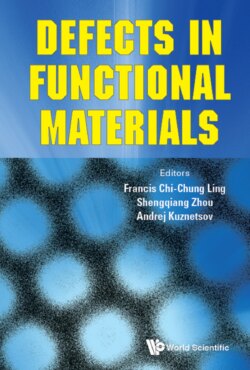Читать книгу Defects in Functional Materials - Группа авторов - Страница 17
2. Instrumentation and Technique
ОглавлениеAmong the available microscopy techniques for direct atom probing in real space, STEM and scanning probe microscopy (SPM) are suitable to visualize the structure of defects at the atomic scale. Both microscopic techniques can enable us in direct atomically resolved imaging of the defect structure in nanomaterials, even with a proper temporal resolution to capture the defect dynamics. The difference lies in the principles: the former STEM utilizes the electron–atom scattering of the fast-incident electron beam (30–300 keV) penetrating the sample to image atomic structures including defects both within a solid and on the surface; the SPM like scanning tunneling microscopy (STM) is based on the quantum tunneling effect of the valence electrons from the surface atoms of a solid sample. In the quantum limit system such as graphene-like 2D materials with only surface and no volume states, all atoms and defects appear as the surface, forming an ideal platform for the defect exploration using both techniques. Tremendous research examples on 2D materials system have demonstrated the versatility of both routes to identify atomic defects and the electronic states induced.
